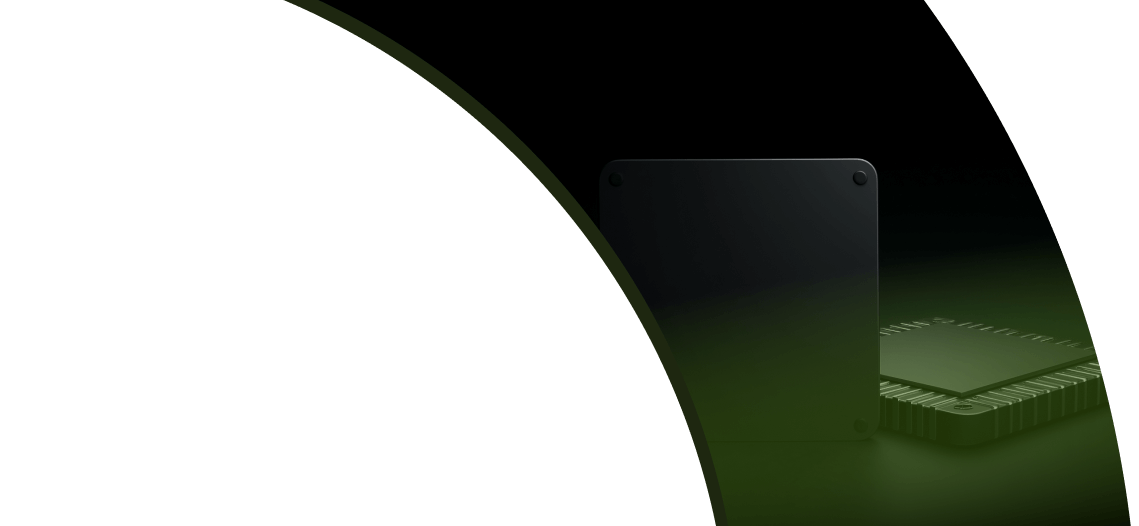
A 2018 study from ABI Research predicted there will be 35+ billion connected Internet-of-Things (IoT) devices worldwide by 2023. 35+ billion is a very large number! The IoT world, consisting of various industrial, business, automotive, healthcare, home and personal connected devices, will soon have an amazingly large number of connected and increasingly smart “things”. With the start of a new year, what can we expect of IoT in 2019? Let’s take a look.
Prediction #1: Power consumption of devices will continue to drop.
With so many devices connected to the IoT, one of the primary areas of focus this year will be finding effective ways to create sustainable power to enable the industry vision of widespread IoT implementation. Lower power consumption in IoT devices through enhanced design techniques, process technology scaling and improvement, and design optimization of customized functions will be a major area of innovation focus. For example, Atmosic’s Lowest Power Radio is implemented on the Bluetooth® 5 platform, achieving radically lower power than competitive solutions, while maintaining full standards compliance. We will see low power be an increasingly differentiated advantage in IoT applications, providing reduced maintenance cost and hassle.
Prediction #2: Battery life will continue to improve.
Lower power consumption leads to longer battery life. In addition, architectural enhancements will further extend battery life. Atmosic’s on-demand wakeup receiver is an example of a system-level optimization to reduce the average power consumption of Bluetooth solutions. Our wakeup receiver provides the lowest level of “radio consciousness” that is sufficient to perceive incoming transmissions, waking up the higher power-consuming primary radio only when requested. Such a technique of refining a device’s wake and sleep cycles can dramatically extend the battery life.
Prediction #3: Lifelong battery operation will become a reality.
Radical reduction of power will ultimately lead to lifelong battery operation. We will see portable devices in which the batteries will last the duration of the product’s life. With this decrease in power consumption, even disposable batteries will supply enough energy to last the entire lifespan of numerous IoT devices, reducing battery waste and maintenance.
Prediction #4: Energy harvesting will enable battery-free devices.
Another major trend we will see in the upcoming year is the more robust implementation of energy harvesting for IoT, using RF, photovoltaic, and motion power to create “lifetime battery operation” and “battery-free” devices. RF energy harvesting—in combination with Atmosic’s ultra-low-power radio—will be a viable solution to power low duty-cycle IoT devices without the use of batteries or power cords.
